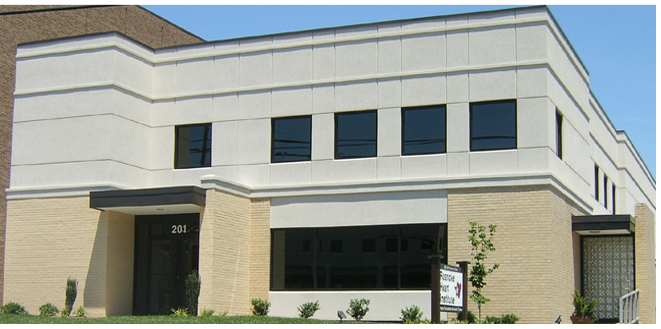


VCIRC.ORG is a non-profit organization that is building a teaching laboratory devoted to the study of molecular cardiovascular medicine in Roanoke, Virginia. VCIRC.ORG exists to develop our cardiovascular biotechnology leaders of tomorrow. We are also working to study and improve the prevention and treatment of diseases related to inflammation and hypoxia such as heart attack and stroke. Please click on FUNDRAISING to learn more about dietary supplementation with EPA. |
|
RESEARCH
|
Physicians have recommended modulation of cyclooxygenase activity to patients complaining of pain and inflammation for more than a hundred years, and for the most part unwittingly so. When Felix Hoffman initiated the production of acetylsalicylic acid (aspirin), he produced the first of many non-steroidal anti-inflammatory drugs. However, it was not until 1971 that Vane proposed experimentally that inhibition of prostaglandin synthesis was the mechanism of these agents. Since then, we have learned that the cyclooxygenases, also known as prostaglandin endoperoxide synthases or PGH synthases, catalyze what is generally understood to be the rate-limiting step in prostaglandin synthesis from arachidonic acid. Cyclooxygenase-2 (COX-2) is a type of cyclooxygenase that is associated with regulation of local inflammation. We have previously shown that COX-2 is transcriptionally regulated by hypoxia in human umbilical vein endothelial cells in culture via the transactivation factors NF-kappaB p65, HMG I(Y), and Sp1, leading to increased production of PGE2. Using experiments at the molecular and cellular level, we propose to extend our previous work to test the hypothesis that local hypoxia is pro-inflammatory and anti-proliferative in blood vessels. We will study cellular expression of the COX-2 gene, including cardiovascular COX-2 synthesis and metabolism, cyclooxygenase function, prostaglandin formation, and indices of inflammation and proliferation while extending our previous studies on the nuclear signaling mechanisms of hypoxia-induced transactivation. |
|
VCIRC.ORG has been created to foster, promote and direct a translational basic science research program that will examine the role of inflammation in cardiovascular diseases related to hypoxia. Given that oxygen, inflammation and modulation of cellular proliferation are features of cardiovascular disease that are linked, we propose to fill important gaps in our understanding of cardiopulmonary and vascular diseases where oxygen supply is inadequate, such as chronic ischemic cardiomyopathy, a public health problem that is an increasingly prevalent cause of morbidity and mortality among the aged, and its precursor, generally referred to as ischemic cardiovascular disease. Findings obtained through the work of VCIRC.ORG will be of relevance to the development of redox-sensitive gene expression technologies in experimental therapeutics. VCIRC.ORG will initiate a long-term study of cardiovascular diseases related to abnormal cellular oxygenation. Selected Bibliography: • Schmedtje, J.F., Jr., Liu, W.-L., Ji, Y.-S., Thompson, T.M., Runge, M.S. “Evidence of hypoxia-inducible factor-1 in vascular endothelial and smooth muscle cells.” Biochemical and Biophysical Research Communications, 1996; 220:687-691. |
OUR RESEARCH

Unanswered Questions
VCIRC.ORG exists to address as yet unanswered questions regarding the effects of a lack of oxygen, known as hypoxia, on inflammation in blood vessels.

Working for Better Results
We need to learn about gene expression in blood vessels during medical therapy for human cardiovascular diseases, through a program of basic scientific research and education.

